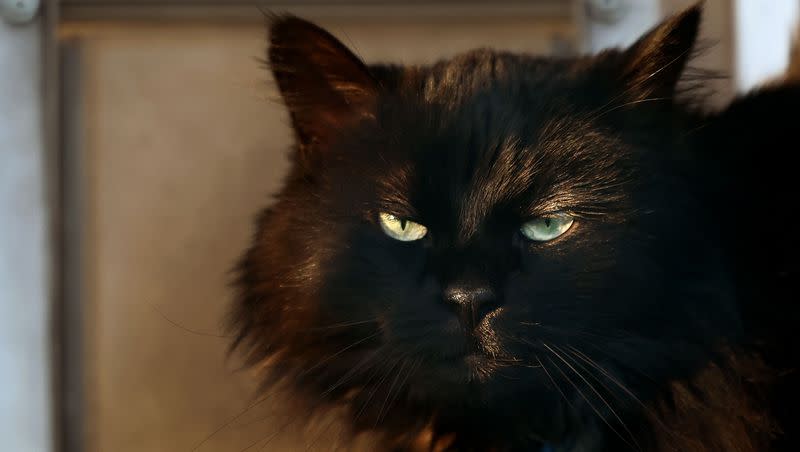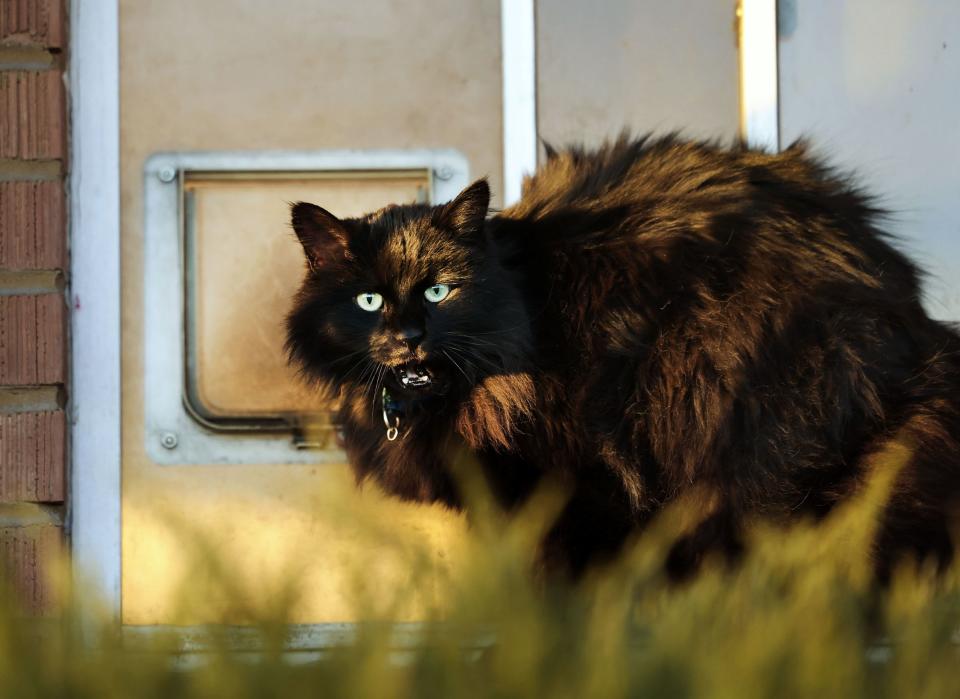Birds, reptiles and small mammals: Nothing is safe from outdoor cats

A new study outlined the devastating impacts outdoor cats have on animal species of a variety of types, all across the globe — disrupting the biodiversity of vast array of landscapes.
Since house cats were domesticated over 9,000 years ago, humans have distributed them all around the world, inhabiting all continents with the exception of Antarctica.
Cats are described as opportunistic predators with a “generalist” diet meaning they don’t discriminate with their prey.
The study published in Nature Communications this week notes that cats spread novel diseases, including to humans, and outcompete native cats and other predatory mammals. They also eat natural fauna.
However, countries and owners spend billions on cats for domestic purposes or to care for those considered feral, despite the disruptive ecological balance they inflict.
As a result, free-ranging cats (i.e., owned or unowned cats with access to the outdoor environment) “are amongst the most problematic invasive species in the world,” the study said.
Related
Consider what this study found:
A total of 347 (16.65%) cat-consumed species were of conservation concern, listed as near threatened, or extinct on the International Union for Conservation of Nature’s Red List
The study identified 2,084 species depredated, scavenged or otherwise consumed by cats, including nearly 9% of known birds. It noted that cats have already been linked to 26% of bird, mammal, and reptile extinctions on a global scale
Collectively, the findings demonstrate that cats are indiscriminate predators and eat essentially any type of animal that they can capture at some life stage or can scavenge. This dietary breadth lends further evidence to the myriad ways that cats can (or may) interact with native species and disrupt ecosystems because they are not dependent on any one type of food
Simply the presence of cats outdoors can create landscapes of fear that result in changes to wildlife behavior from where a species occurs on the landscape to their foraging decisions and breeding success, which is of particular concern for threatened species

The study notes both its breadth and global approach.
“Our study sheds light on the predatory habits of one of the world’s most successful and widely distributed invasive predators. To our knowledge this study is the most comprehensive global synthesis of cat diet to date, and possibly the largest for any species worldwide,” the study said.
An earlier analysis in June by the Biodiversity Council revealed some startling impacts in Australia.
“Our research found that 323 million native animals are dying in Australia each year because cat owners are allowing their pets to free roam — up from 241 million in 2020,” said Sarah Legge, Charles Darwin University professor, ecologist and spokesperson for the Biodiversity Council.
“The jump in wildlife kills reflects the pandemic pet boom that saw pet cat numbers reach 5.3 million and is an alarm bell for governments to enact responsible pet ownership laws, including 24/7 cat curfews.”
When it comes to feral cats, what does Utah do?
There are many waiting lists for cat rescue organizations and the system is hard to navigate. Best Friends Animal Society has some good advice and voucher programs to employ the services of local veterinarians. But many veterinarians, already overwhelmed with current clients, are not taking new customers or have dropped out of the voucher program altogether.
The shelters, already housing too many cats, are a different animal altogether when it comes to policies, like when you can bring feral cats in or if they offer assistance with trapping. In any event, a feral cat gets “fixed” its ear clipped and then is returned to the general area it was found. So, it will still out there roaming, and may continue to return to your doorstep if you did not let it starve and gave it cat food instead of a local reptile, bird or mouse.
Related
Alley Cat Allies emphasizes that is illegal in all 50 states to kill a cat, whether previously owned, feral or a “community cat.”
Utah is the same.
The organization successfully lobbied against a bill proposed earlier in this year before the Utah Legislature that would have prevented cat care givers from feeding cats after evening hours due to the cruel nature of the schedule. A community cat care specialist with an animal shelter, however, said feeding the cats at night attracts other unwanted species of animals and creates more problems than it solves for caregivers.

